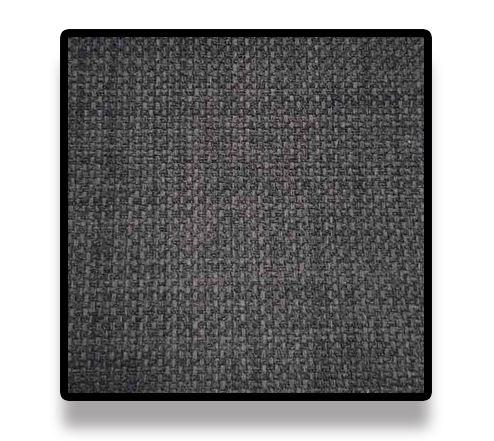
Introduction
When it comes to finding relief for a bad back, many people instinctively opt for a firm mattress, believing it will provide the necessary support and alleviate discomfort. However, this common misconception oversimplifies the complex relationship between mattress firmness and back pain. While a firm mattress may indeed work for some individuals, it is not a one-size-fits-all solution. In this blog, we’ll delve into why a firm mattress isn’t necessarily the best option for a bad back and explore other crucial factors to consider when selecting a new mattress.
Understanding the Back-Pain-Mattress Connection:
Spinal Alignment: The spine’s natural S-curve plays a pivotal role in maintaining proper alignment and minimizing back pain. A mattress that is excessively firm can cause the spine to deviate from its natural shape, leading to discomfort and exacerbating existing issues.
Pressure Points: An overly firm mattress can create undue pressure on specific points of the body, such as the shoulders and hips. This pressure can hinder blood circulation and result in pain and numbness.
Muscle Relaxation: While support is vital, relaxation of muscles is equally important for alleviating back pain. A mattress that is too firm might prevent muscles from fully relaxing during sleep, potentially leading to stiffness and discomfort.
Factors Beyond Firmness to Consider:
Mattress Type: Memory foam, latex, innerspring, hybrid—each mattress type offers unique benefits for back pain sufferers. Memory foam contours to the body, providing even support and reducing pressure points. Latex combines support with a responsive feel, while innerspring mattresses offer bounce and airflow. Hybrids blend various materials for a balanced approach.
Supportive Comfort: Instead of focusing solely on firmness, prioritize a mattress that offers supportive comfort. Look for a mattress that maintains spinal alignment while cushioning pressure points. This balance can contribute to better sleep quality and reduced pain.
Personal Preference: Every individual has different preferences and needs when it comes to mattress comfort. Factors like weight, sleep position, and existing medical conditions should all influence your decision.
Edge Support: A mattress with proper edge support ensures you can sit or lie comfortably without feeling like you might roll off. This feature is especially important for those with back pain, as it can aid in getting in and out of bed easily.
Motion Isolation: If you share your bed with a partner, consider a mattress with good motion isolation. This feature can prevent disturbances from movement during the night, allowing for more uninterrupted rest.

Conclusion
While the allure of a firm mattress as a solution for back pain is widespread, it’s essential to recognize that mattress selection is a nuanced process. The optimal mattress for a bad back isn’t solely about firmness; it’s about finding the right balance between support, comfort, and individual preferences. By understanding the intricate interplay between spinal alignment, pressure points, and muscle relaxation, and by considering factors such as mattress type, supportive comfort, personal preference, edge support, and motion isolation, you can make a more informed decision to improve your sleep quality and alleviate back pain. Remember, there is no universal answer—what matters most is what works best for your body and your unique needs.
The best way to find the correct mattress choice for you is to ask the advice of expert. Richard and Lisa are always on hand to talk you through the options.
After all, a good mattress should last you around eight years. That’s a lot of broken nights’ sleep if you get it wrong.
















